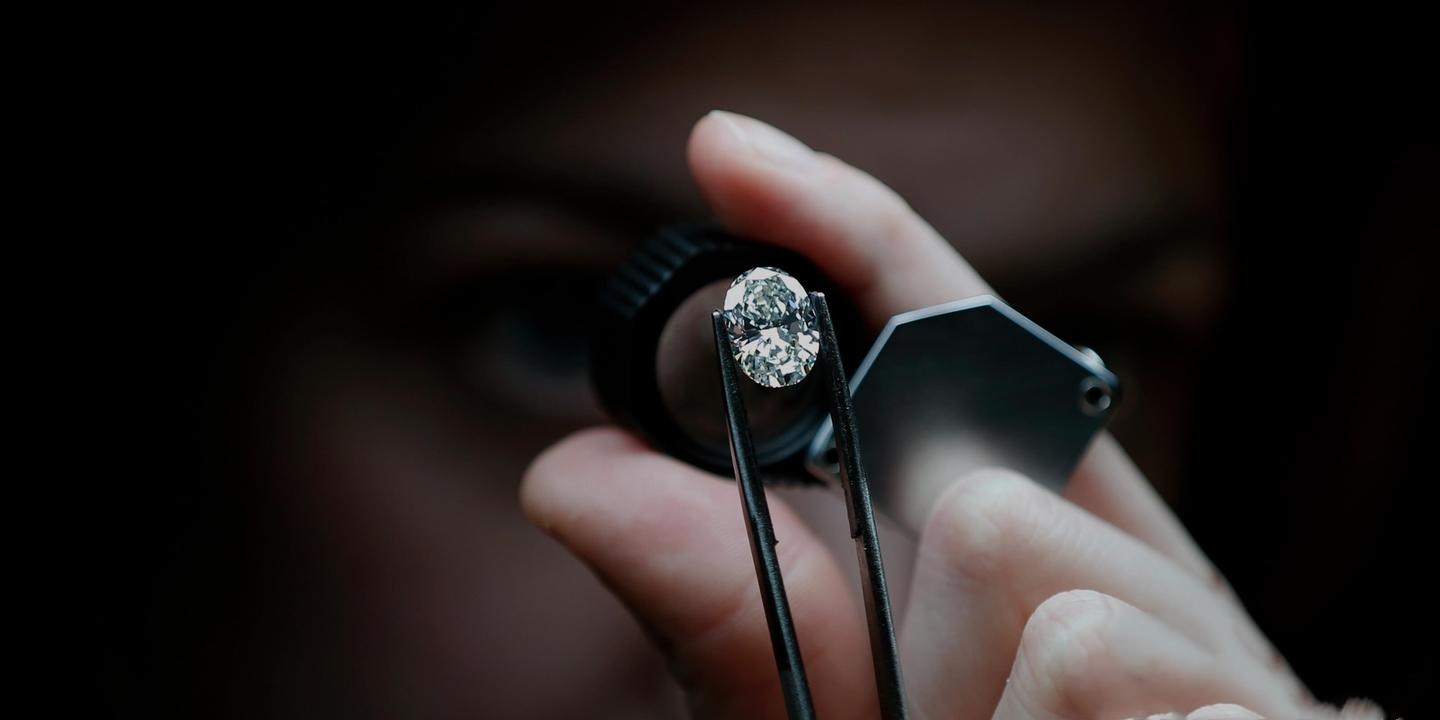In recent years, claws for lab grown diamond rings have surged in popularity, offering a sustainable and ethical alternative to mined diamonds. But when it comes to setting these gems, what types of claws best enhance their beauty and security? Let’s delve into the fascinating world of ring settings and discover how the choice of claws can make all the difference.
Understanding Lab-Grown Diamonds
Lab-grown diamonds are not just a modern trend; they are a revolutionary step in gemology. Created in controlled environments using advanced technological processes, these diamonds possess the same physical, chemical, and optical properties as their mined counterparts. The growing demand for lab-grown diamonds stems from their ethical production methods and lower environmental impact. But what happens when these dazzling stones need to be set in a ring? The choice of claws becomes crucial in showcasing their brilliance and ensuring their longevity.
Why Claws Matter in Diamond Settings
Claws, or prongs, are the tiny metal projections that hold the diamond in place on a ring. Their importance cannot be overstated; they not only secure the diamond but also play a significant role in the overall aesthetics of the ring. The right claws can highlight the diamond’s sparkle and maintain its stability, while the wrong choice can overshadow its beauty or even compromise its security.
Types of Claws for Lab-Grown Diamond Rings
1. Four-Prong Setting
The four-prong setting is a classic choice that offers a balanced view of the diamond. With fewer prongs obstructing the view, more light can pass through the diamond, enhancing its brilliance. This setting is perfect for those who prefer a minimalist look while ensuring the diamond remains secure.
2. Six-Prong Setting
For those who prioritize security, the six-prong setting is ideal. By distributing pressure more evenly around the diamond, this setting provides additional protection against accidental knocks or bumps. Although it may slightly cover more of the diamond’s surface, the added security often outweighs this minor drawback.
3. Bezel Setting
Unlike traditional prongs, a bezel setting encircles the diamond completely with a thin metal rim. This modern and sleek design offers maximum protection, making it an excellent choice for those with an active lifestyle. While it may slightly reduce the diamond’s exposure to light, the bezel setting’s contemporary look and superior security make it a popular choice.
4. V-Prong Setting
Specifically designed for diamonds with pointed edges, such as princess or marquise cuts, the V-prong setting provides extra protection at the corners. This setting helps prevent chipping, which is crucial for maintaining the integrity of these uniquely shaped diamonds.
5. Double-Claw Setting
For an extra touch of elegance and security, the double-claw setting features two prongs at each corner instead of one. This not only enhances the ring’s aesthetic appeal but also offers additional stability, ensuring that the diamond remains firmly in place.
Choosing the Right Claws for Your Lab-Grown Diamond Ring
When selecting the claws for a lab-grown diamond ring, several factors should be considered:
1. Diamond Shape and Size
The shape and size of the diamond significantly influence the choice of claws. Round diamonds are versatile and can suit various settings, while fancy shapes like emerald or pear might require specialized prong designs for optimal protection and presentation.
2. Personal Style
Your personal style plays a pivotal role in determining the right setting. Whether you prefer the classic elegance of a four-prong setting or the modern sophistication of a bezel setting, your choice should reflect your unique taste and lifestyle.
3. Lifestyle Considerations
For those with an active lifestyle, settings that offer maximum protection, such as bezel or six-prong settings, are ideal. Conversely, if you seek a ring that emphasizes the diamond’s brilliance, a four-prong or double-claw setting might be more suitable.
Maintaining Your Lab-Grown Diamond Ring
Once you’ve chosen the perfect setting for your lab-grown diamond, proper maintenance is essential to keep it looking its best. Regular cleaning and professional inspections can help ensure that the claws remain intact and the diamond stays secure. Avoid exposing your ring to harsh chemicals and remove it during activities that could cause damage.
Conclusion
In the quest for the perfect lab-grown diamond ring, the choice of claws is a vital consideration that balances beauty and security. From the timeless four-prong setting to the robust bezel setting, each option offers unique benefits tailored to different preferences and lifestyles. As you explore the world of lab-grown diamonds, let your personal style and practical needs guide you in selecting the ideal setting to showcase your stunning gem.
Whether you’re drawn to the ethical allure of lab-grown diamonds or captivated by their dazzling beauty lab created diamonds, the right claws can elevate your ring to new heights of elegance and durability. What type of setting will you choose to highlight your lab-grown diamond’s brilliance? The answer lies in understanding your diamond, your style, and the timeless art of fine jewelry craftsmanship.






